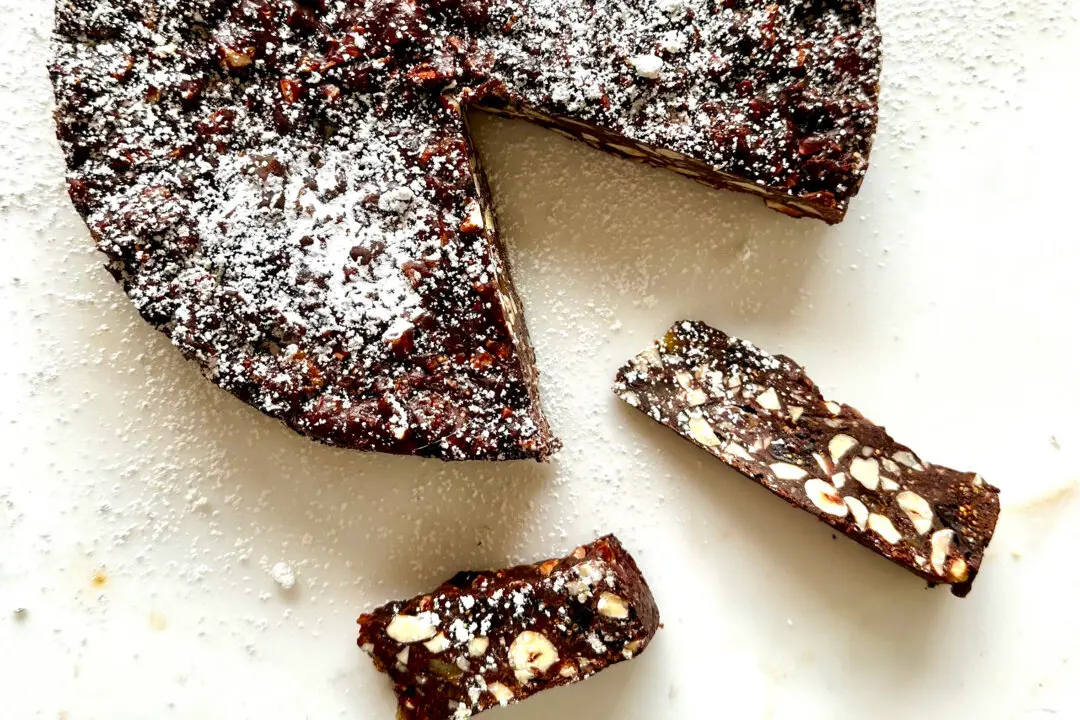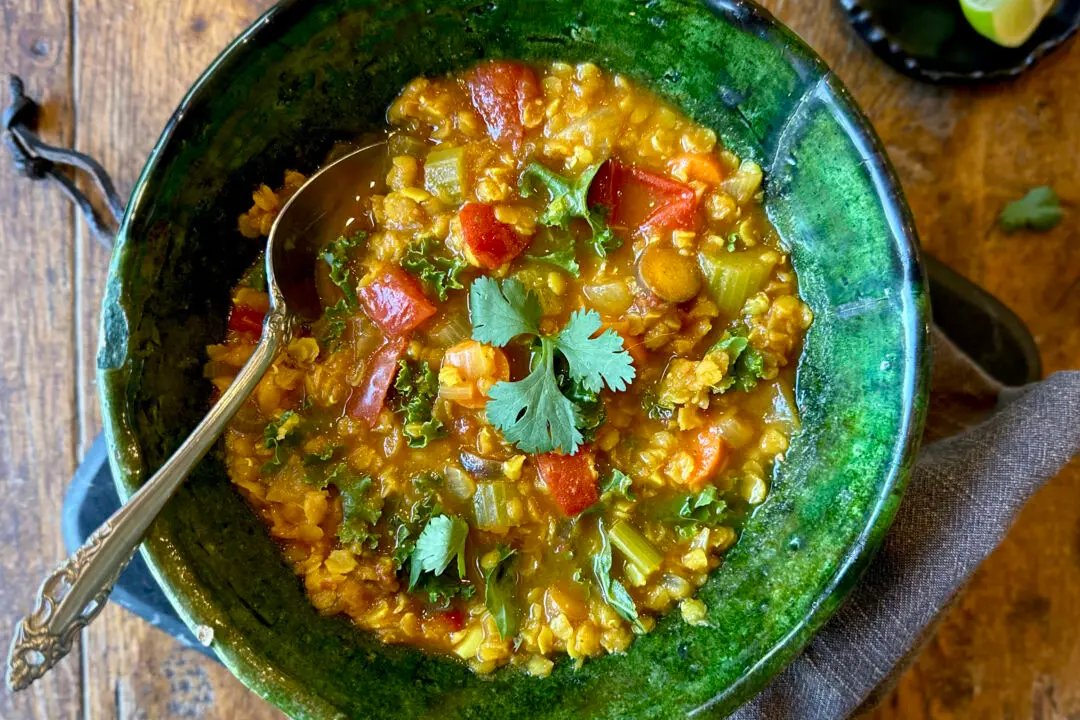Summer promises a bounty of sun-kissed vegetables—a cornucopia of tomatoes, peppers, squash, and eggplant that beg to be put to use. This is not a problem. The trick is to lean in and rely upon recipes that embrace and celebrate the abundance of produce.
One tried-and-true dish that does so is ratatouille. Ratatouille is the southern French staple that handily combines all of the garden’s goodies layered in a terrine or simmered in a chunky, aromatic stew.





